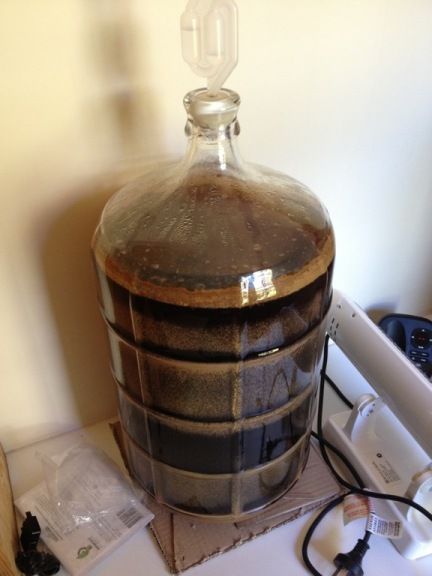labels
Well-Known Member
Simple explanation
It's a low voltage switch that switches a high voltage switch
(in this case, please don't get into currents)
It's a low voltage switch that switches a high voltage switch
(in this case, please don't get into currents)










